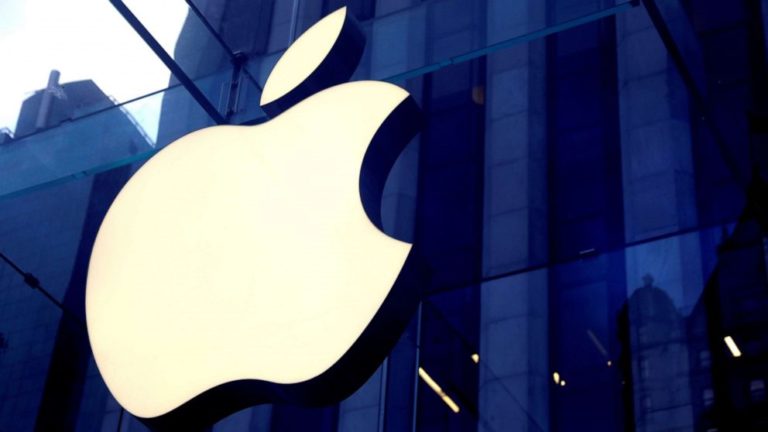
Apple’s iPhone has always maintained its lead in the premium smartphone market, but many consumers may be shocked to hear the new prices for the iPhone 17 series to be launched in 2025. According to recent reports shared by Rolfe Winkler and Yang Jieon on The Wall Street Journal, Apple is going to increase the prices of its new iPhone models this time. If this comes true, then this will be the biggest jump in iPhone prices in the last few years.
How much can the price increase?
The iPhone 17 series is expected to have four models – iPhone 17, iPhone 17 Air (a new ultra-thin variant replacing the Plus model), iPhone 17 Pro and iPhone 17 Pro Max. Apart from this, a cheaper model iPhone 17e can also be launched later in 2026. Analysts believe that Apple can increase the price of each model by $ 100 to $ 150 (about Rs 8,000 to Rs 12,000) this time. As per CNBC, Erik Woodring of Morgan Stanley estimates Apple may need to increase prices across the board by 17% to 18% to cover the added cost.
For example, if the starting price of the iPhone 16 is $799 (about ₹79,000), then the price of the iPhone 17 can reach $899 (about ₹89,000). At the same time, the price of the Pro Max model can increase from $1,199 (about ₹1.19 lakh) to $1,299 (about ₹ 1.29 lakh) or even more. That is, this price will be even higher in markets like India, because there is an additional burden of import duty and tax and the same will be applicable in other countries!
Why are prices increasing?
This time Apple is preparing to launch the iPhone 17 series with new features and major changes in the design, due to which prices can be increased. These may include:
- iPhone 17 Air: This model will be just 5.5 mm thick and can have a 6.6-inch display. Its price can be between the standard and Pro models (899 to 999 dollars).
- Camera upgrades: The base iPhone 17 may feature a 48MP main camera and a 24MP front camera. The camera layout may also be changed in some models.
- Hardware upgrades: A19 and A19 Pro chips, 12GB RAM (in Pro models), and Apple’s own 5G modem can also be seen in the new iPhones.
- Display technology: All models may feature LTPO displays and 120Hz Promotion refresh rates, which will improve battery life.
But not just new features, there are also external reasons that can increase iPhone prices. Due to the tariff battle between the US and China, smartphones made in China may face additional duties ranging from 20% to 54%. Since most iPhones are assembled in China, Apple may have to bear this additional cost. Analysts say that in the third quarter alone, Apple may lose $900 million due to tariffs. So to keep the company in profit, this price hike is must!
What will be Apple’s strategy?
Apple does not want consumers to understand that prices are rising only due to tariffs. Therefore, the company can cite new features and design as the reason for increasing the price. Also, Apple has increased its inventory stock in the US so that the prices of the existing iPhone 16 series do not have to be increased immediately.
Apart from this, Apple is shifting production to countries like India and Vietnam to reduce dependence on China. The US tariff on iPhone production in India is only 26%, which is less than that of China. But it is still not easy to completely change the supply chain, so the only option left for Apple is to either increase prices or reduce its profit margin.
What will be the impact on the market?
If the prices of iPhones really increase so much, then it can have a direct impact on consumer purchases. Already due to inflation, people’s budget is tight, and if there is no game-changing upgrade in the iPhone, then people can turn to older models or competitors like Samsung, OnePlus. Many users on social media have also expressed their displeasure over the tariffs, as this can increase the prices of not only iPhones but also other gadgets.
When will the picture be clear?
The launch date of the iPhone 17 series is expected to be around September 2025. Apple usually reveals the prices of new iPhones at the launch event itself, so all this is speculation right now. However, if the stock of existing iPhones in the US runs out, the prices of the iPhone 16 series may also increase beforehand due to the tariffs.
Conclusion
If Apple really increases the prices of the iPhone 17 series, it will be a big risk for the company. While consumers may accept this price due to new features and design, if this increase is only due to tariffs and inflation, Apple may face opposition from customers. For now, all eyes are on September 2025, when Apple will officially announce its new iPhone series. Until then, these rumors have to be taken with a grain of salt.



